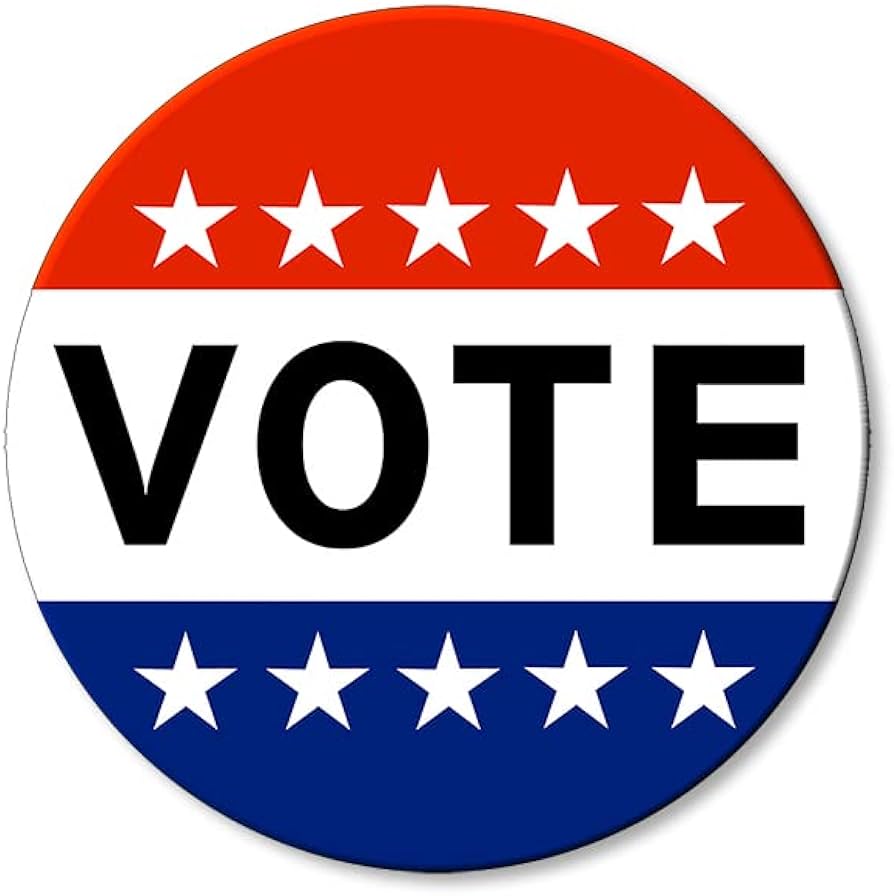Second round of protests at more than 2,500 sites are set for Saturday, including in cities where Trump has sent troops
Donald Trump has promised to crack down on dissent and sent troops into US cities. His allies are claiming antifa, the decentralized antifascist movement, is behind plans to protest. He’s looking for any pretext to go after his opponents.
Still, this Saturday, even in cities with troops on the ground, millions of people are expected to march against the president as part of a second “No Kings” protest. The last No Kings protest in June drew several million people across more than 2,000 locations. This time, more than 2,500 cities and towns nationwide are hosting protests.
Organizers expect this Saturday’s protests to draw more people than the June events as the American public sees the excesses of the Trump administration more clearly.


Public protests are critically important building blocks for resistance. Here are just a few reasons:
1. Public protests express implicit power.
They are a threat, demonstrating to those in power the magnitude of what is to come.
2. Public protests increase participation.
They express a promise to current and future participants that they have comrades who will show up, stand beside them, hold the line, and expect the same in return.
3. Public protests increase organization.
Onsite and post-event recruitment is not only the primary means of increasing participation, it remains the most organic and hard-to-digitally-replicate method of expanding organizational efforts on account of network effects.
4. Public protests are grounded.
They represent a ground truth condition that anyone can see for themselves. There are numerous effective strategies for obscuring, sandbagging, or sabotaging public campaigns conducted exclusively on digital networks and platforms, but it is next to impossible to conceal public displays of flesh-and-blood human beings collecting en masse.
E: removed fifth item to avoid misrepresenting actual risk of authoritarian violence, which is expected to be low in most places, and thus discouraging those who might otherwise attend.